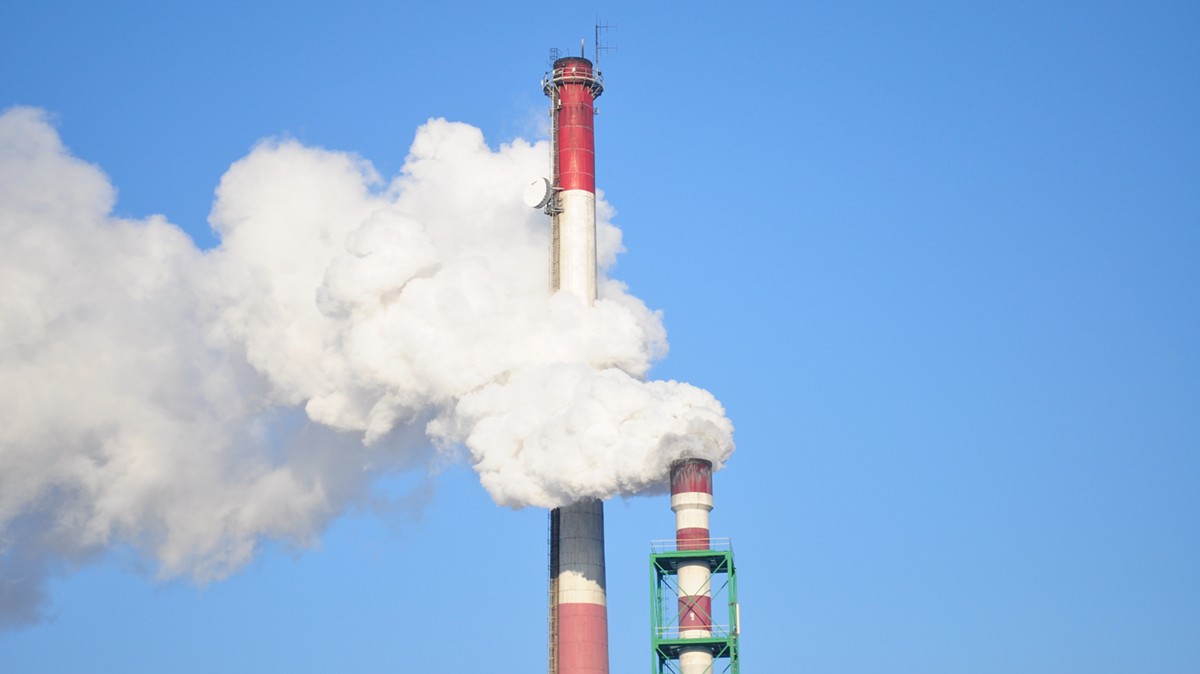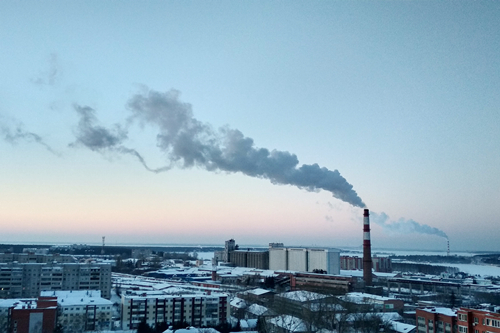
A Little Change for The Diapers, A Big Change for The World | Eco Boom Baby Bamboo Diapers and Wipes Manufacturer
A Little Change for The Diapers, A Big Change for The World | Eco Boom Baby Bamboo Diapers and Wipes Manufacturer

Carbon neutrality, the energy saving and emission reduction terms, refers to the total amount of greenhouse gas emissions produced...
Carbon neutrality, the energy saving and emission reduction terms, refers to the total amount of greenhouse gas emissions produced directly or indirectly by enterprises, groups or individuals within a certain period of time, and offset their own carbon dioxide emissions through afforestation, energy saving and emission reduction, etc to achieve "zero emission" of carbon dioxide. Simply put, it means "break-even" carbon dioxide emissions.
The damage of excessive carbon dioxide emissions
The biggest harm of excessive carbon dioxide emissions is the greenhouse effect. Carbon dioxide gas has the functions of heat absorption and heat insulation. The result of its increase in the atmosphere is the formation of an invisible glass cover, which prevents the heat radiated by the sun into the earth from spreading to the outer space. As a result, the surface of the earth becomes hot.
Carbon dioxide can change the heat balance of the atmosphere. It can absorb infrared radiation from the earth, causing an increase in the temperature of the atmosphere near the ground. The warming of the atmosphere near the ground will increase the evaporation of the ground, resulting in an increase in water vapor in the atmosphere. The increase of water vapor in the atmosphere will further increase the absorption of infrared radiation by the atmosphere near the ground. With such interaction, the increase of carbon dioxide in the atmosphere will change the original atmospheric heat balance and cause global warming.



CO2 emissions of each item
Cars
A large-displacement car that travels 20,000 kilometers in a city each year releases 2 tons of carbon dioxide. For every liter of fuel burned by the engine, 2.5 kg of carbon dioxide is released into the atmosphere.
Human
Everyone releases approximately 1140 grams of carbon dioxide through breathing every day. However, as long as photosynthesis exists, the carbon dioxide consumed to produce food is basically in balance with the carbon dioxide released through respiration.
Plants
Plants absorb carbon dioxide during the day and release it at night. Therefore, the net carbon dioxide emissions of plants are zero. A medium-sized plant can absorb approximately 6 kilograms of carbon dioxide per year.
Computers
The annual average indirect emission of 10.5 kg of carbon dioxide is used.
Heating
Heating using kerosene as fuel emits 2,400 kg of carbon dioxide into the atmosphere a year. The carbon dioxide emissions of using natural gas are 1900 kg, while electric heating is only 600 kg.
The method to reduce carbon dioxide emissions
The method to reduce carbon dioxide emissions is carbon sequestration, which mainly absorbs and stores carbon dioxide in the air by natural carbon sinks such as soil, forests and oceans. What humans can do is trees-planting and afforestation; the second is carbon offset, through investment in the development of renewable energy and low-carbon clean technology, reducing the carbon dioxide emissions of one industry to offset the emissions of another industry, the offset is calculated in tons of carbon dioxide equivalent. Once carbon dioxide emissions are completely eliminated, we will be able to enter a net-zero carbon society.
ECO BOOM bamboo baby diaper's topsheet and backsheet are made of 100% bamboo fiber which can be 100% biodegradable. Why we choose bamboo fiber? The reasons are as follows.
Bamboo is the fastest growing plant in the world. It grows 30 times faster than trees. It can grow up to 3 feet in one night. It can become a material in 2-3 years and can be planted for a long time. It can replace cotton, wood, etc which is the most sustainable products on the market. In addition, bamboo can release 30% more oxygen than trees during growth and absorb 35% more carbon dioxide than trees. The product made of bamboo fiber can be degraded naturally in the soil and will not pollute the environment after decomposition. It is a natural, green and environmentally friendly textile material.
We promise: we will give back to our planet by planting trees in the future.
Copyright © 2019 XIAMEN MK HEALTH CARE PRODUCT CO., LTD . | All Rights Reserved
We are here to help you! If you close the chatbox, you will automatically receive a response from us via email. Please be sure to leave your contact details so that we can better assist